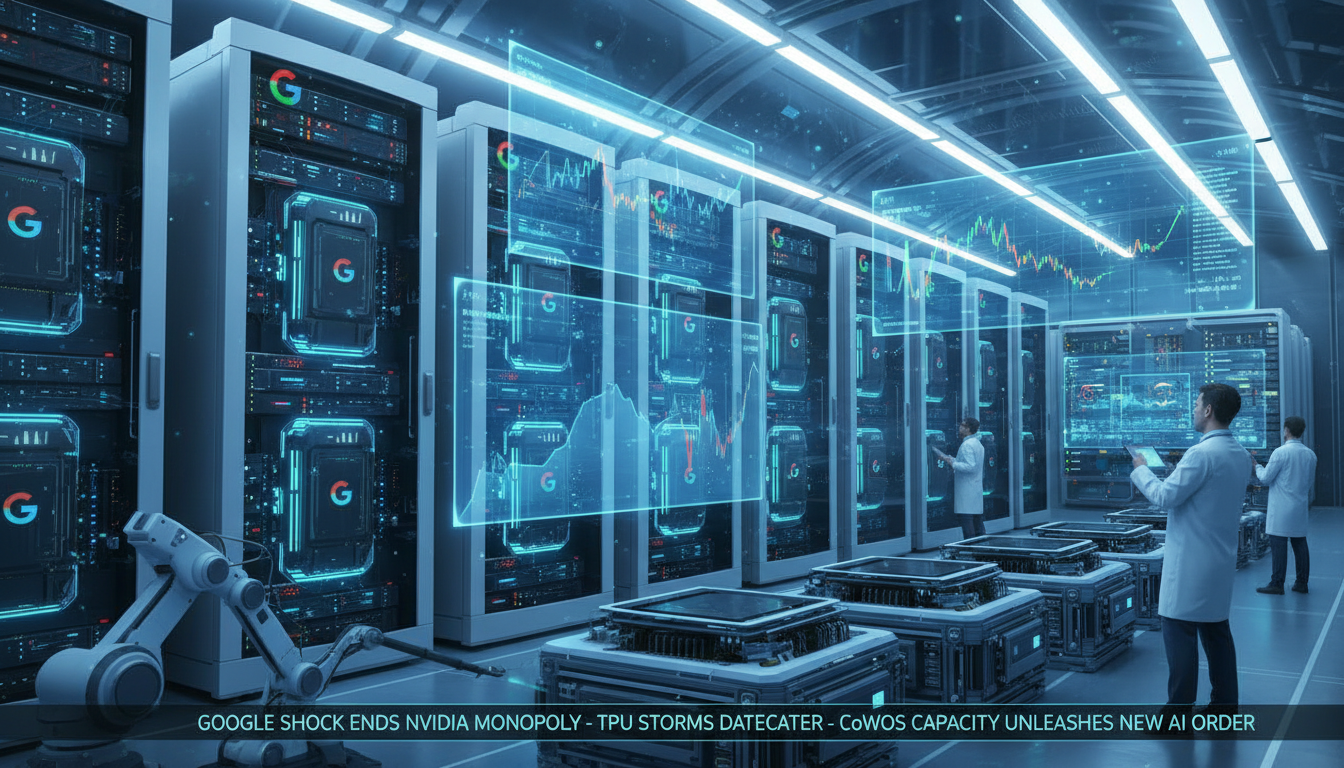● China’s Gold Hoarding Shakes Dollar Dominance
China’s Gold Hoarding and the Currency War: A Hidden Strategy That Could Change the Global Economic Landscape
1. China’s Motivation for Gold Acquisition and Strategy Development
The fact that China is increasing its gold reserves by utilizing illegal mining and gray area methods in global markets such as Southeast Asia and Africa is causing significant ripples in the international situation.
Through gold holdings, China aims to enhance the credibility of the yuan and gradually weaken the dollar’s status as the world’s reserve currency, which is a notable long-term strategy.
These movements go beyond mere financial strategy and are expected to significantly impact the power relations and economic outlook of the global economy, signaling a future economic transition in line with the trends of the Fourth Industrial Revolution and AI.
2. Utilization of Illegal Mining and Gray Areas
There is a rising number of cases where China conducts gold mining projects in Southeast Asia and African countries, taking advantage of legal loopholes.
These projects employ illegal and semi-official methods to evade scrutiny from local governments, raising issues regarding the transparency of the international gold market.
Gold mining activities lead to environmental destruction and corruption within local communities, presenting risk factors that could adversely affect the global economy and international relations.
3. The Limits of Dollar Hegemony and the Rise of the Yuan
The reason the U.S. has been able to maintain the dollar as the world’s reserve currency for a long time is due to its massive economic strength.
However, there are concerns that if dollar hegemony weakens, U.S. international political influence will inevitably decrease.
In contrast, China is demonstrating its intention to strengthen the yuan through gold, aiming to eventually establish a new international currency system that could replace the dollar.
This strategy suggests a new paradigm in international relations and could pave the way for a significant turning point in economic forecasts.
4. The Future of the Global Economy, the Fourth Industrial Revolution, and Its Connection to AI Trends
The changes brought about by China’s gold hoarding extend beyond mere currency warfare.
In future economic forecasts and the global economic order, the Fourth Industrial Revolution and AI trends also play crucial roles.
The convergence of economic, financial, and technological innovation is making competition among countries more multidimensional, and the struggle over the dollar and gold is emerging as a core issue in this international landscape.
It is essential to closely monitor China’s strategy and the U.S. response, focusing on key SEO keywords such as economic outlook, global economy, Fourth Industrial Revolution, AI trends, and international relations.
5. Key Points Often Overlooked in the News
- There is a significant discrepancy between the amount of gold China officially announces it has purchased and its actual gold holdings, with external analyses from firms like Goldman Sachs predicting a difference of over 60 tons.
- The rampant activities of illegal mining and gray area operations in the international gold market make it increasingly difficult to distinguish between legal and illegal practices, which could exacerbate environmental destruction and community harm.
- While the U.S. is exploring new financial innovations such as cryptocurrencies due to the limitations of dollar hegemony, China is implementing a dual strategy that strategically utilizes gold as a traditional safe asset.
- These movements should be noted as they hold the potential to innovatively impact the long-term global economic system, the Fourth Industrial Revolution, and various fields related to AI trends.
< Summary >China is executing a strategy to enhance the credibility of the yuan through gold hoarding while challenging the U.S. dollar’s hegemony and attempting to reshape the international economic landscape.
Utilizing illegal mining and gray area methods in Southeast Asia and Africa to increase gold holdings, this strategy is expected to significantly affect future economic forecasts in conjunction with the global economy, the Fourth Industrial Revolution, and AI trends.
At the same time, the U.S. is trying to overcome the limitations of dollar hegemony by exploring alternative financial innovations such as cryptocurrencies.
These changes in the international situation are emerging as crucial issues in the convergence of economic, financial, and technological innovations.
[Related Articles…]China’s Gold Hoarding and International Economic Hegemony
The Crisis of Dollar Hegemony and the U.S. Response Strategy
*Source: [ 티타임즈TV ]
– 금으로 달러패권 흔들고 있는 중국 (국제시사문예지 파도)
● Economic Meltdown Unprecedented Market Turmoil
GPT 5.1 Perfect Analysis: How to Utilize Instant and Thinking Modes, Shocking Comparison with Claude 4.5, and Connection between Economic Outlook and AI Trends
Overview and Key Features of GPT 5.1 Update
With the release of GPT 5.1, the new AI model that offers both Instant Mode and Thinking Mode is gaining attention.
This post specifically explains the differences between these two modes and their actual applications in the workplace.
In particular, it provides a detailed analysis of how they can be applied from simple task efficiency to complex problem-solving.
Additionally, it covers the shocking comparison results with Claude 4.5, providing important insights from the perspective of AI trends in the era of the Fourth Industrial Revolution and global economic outlook.
Instant Mode: Fast and Specific Task Efficiency
Instant Mode provides quick and clear responses to simple questions or directives.
It responds faithfully to the detailed instructions of the prompts, offering practical and concrete suggestions for task efficiency.
For example, features that can be immediately utilized by office workers and self-employed individuals stand out, such as improving work processes, designing automated revenue systems, and recommending customized strategies.
Users who are sensitive to real-time issues affecting the economy can make quick decisions and get help in formulating strategies aligned with global economic forecasts through this mode.
Thus, Instant Mode has established itself as a key tool to secure economic competitiveness and lead AI trends in the Fourth Industrial Revolution.
Thinking Mode: Complex Problem Solving and In-Depth Analysis
Thinking Mode undergoes a deeper analysis process for more complex questions.
Beyond merely providing answers, it enhances the completeness of problem-solving through the construction of multi-step checklists, examples, and adjustments.
Features like multi-faceted approaches and action plans for operational efficiency and revenue generation represent its main characteristics.
Moreover, by simplifying the use of jargon and providing clear structures, it offers answers that are easily understandable for readers.
For readers seeking a systematic approach to economic and business strategies, the expert column-type analysis presented in this mode will be highly beneficial.
Comparison with Claude 4.5: Direction for Innovation in the AI Era
In the comparative analysis of GPT 5.1 and Claude 4.5, each model’s unique advantages stand out.
Claude 4.5 emphasizes a spatial and practical writing style, generating content that is friendly and easily approachable.
In contrast, GPT 5.1 provides in-depth analysis through logical organization and a professional column format.
Both models play a role in enhancing understanding of economic forecasts, global economy, real-time issues, and AI trends,
where users seeking simple practical tips may prefer Claude 4.5, while those requiring systematic and coherent analysis will find GPT 5.1 more advantageous.
Personal Customization and Prompt Engineering: The Key to Efficiency Increase
GPT 5.1 not only allows users to choose between Instant and Thinking Modes but also features personal customization options.
Users can adjust the tone to be friendly, sarcastic, or professional, making it optimized for content creation and blog writing.
Especially, through prompt engineering, users can set tailored conditions, resulting in more efficient and refined outcomes.
This has become a decisive competitive advantage at a time when the operational capability of AI and strategic planning are emphasized, as seen in recent articles related to economic forecasts and the Fourth Industrial Revolution.
Perspective of GPT 5.1 from Global Economic Outlook and AI Trends
The release of GPT 5.1 reflects not just the advancement of AI technology but also the key trends of the Fourth Industrial Revolution and the global economic outlook.
The agile analysis of Instant Mode and the in-depth approach of Thinking Mode present a new paradigm for the formulation of economic and business strategies.
Analysis centered around essential SEO keywords such as real-time issues, latest economic information, global economy, and AI trends provides substantial assistance to workers and strategic planners in securing future competitiveness.
At the same time, the comparative analysis with Claude 4.5 clearly demonstrates the criteria for choosing different styles and purposes of AI solutions.
Summary of Key Points
• GPT 5.1 offers both Instant and Thinking Modes to cover everything from simple tasks to complex problem-solving.
• Instant Mode differentiates itself by providing quick responses and concrete suggestions, while Thinking Mode provides in-depth analysis and systematic checklists.
• The comparison with Claude 4.5 allows for validation of two different approaches: friendly content versus professional column format.
• Utilizing personal customization and prompt engineering functions allows for more efficient task optimization and revenue-generating strategy development.
• It aids in formulating strategies that respond to real-time issues in connection to the latest economic issues centered around global economic outlook, AI trends, and the Fourth Industrial Revolution.
[Related Articles…]
• Summary of GPT Trend Analysis
• Comparison Analysis of Claude Performance
*Source: [ AI 겸임교수 이종범 ]
– GPT 5.1 완벽 분석! instant vs thinking 모드 실전 활용법과 Claude 4.5와의 충격적인 비교 결과 공개
● OpenAI’s Bold Moves Group Chat, Healthcare Disruption, Copyright Showdown, Investment Controversy
OpenAI’s Bold Challenge: A Comprehensive Look at AI Trends in Group Chat, Healthcare Innovations, Legal Disputes, and More!
1. ChatGPT Group Chat: Changing the Landscape of Collaboration
The soon-to-be-released ChatGPT group chat feature from OpenAI is a tool that helps multiple users communicate and collaborate with AI in a shared space.
This feature is designed to support teamwork more efficiently, maximizing productivity across various fields, including work and academic research.
Users can customize the AI’s response styles within the group and decide when it should respond automatically or operate through tagging.
As AI technology merges with collaboration tools, it is set to become a key infrastructure in the Fourth Industrial Revolution.
2. Entering the Healthcare Market: AI Health Assistant and Data Integration
OpenAI is taking another bold step by entering the healthcare sector.
The new AI health assistant is expected to manage personal medical information, provide health analyses, and enhance medical accessibility.
In particular, the company is seeking a systematic approach by recruiting experienced talents in the healthcare strategy domain.
This movement signals the future of healthcare innovation at the intersection of the global economy and AI trends, showcasing a transition from traditional search methods to AI-based healthcare solutions.
3. German Copyright Ruling: Setting Future Standards for Creator Protection
The Munich court in Germany has ruled against OpenAI for copyright infringement, claiming that the company used song lyrics without permission for model training.
This ruling establishes a crucial precedent, considering both the internal storage and output processes of language models as reproduction of copyrighted works, enabling creators to demand compensation.
This decision could significantly impact legal issues surrounding AI model training processes and the global economic outlook, foreshadowing changes in content creation environments across Europe and beyond.
4. Massive Investments and PR Crisis: Chip Investment and Infrastructure Cost Debate
OpenAI’s future investment plans include a $1.4 trillion chip and data center infrastructure business.
Related statements from the Chief Financial Officer have sparked controversy over government support, raising concerns about potentially burdening American taxpayers.
With immediate clarifications, OpenAI has made it clear that it will focus on generating revenue independently, without government guarantees.
From an economic perspective, this is seen as an inevitable burden for expanding market share amid large capital expenditures.
5. Business Customers and Sora Losses: The Shadow of Expansion Speed
OpenAI is experiencing rapid growth with over 1 million enterprise customers.
However, the AI video generation app Sora incurs daily operating costs of approximately $15 million, struggling to establish a sustainable business model.
At the same time, its technological competitor Anthropic is attracting investors’ attention with a more efficient business model, focusing on building a stable revenue model in the future.
6. AI Trends and the Global Economy: Simultaneous Competition and Collaboration
OpenAI’s various challenges recently signal not just technological advancement, but a broader change in the global economy and the Fourth Industrial Revolution.
Innovations in collaboration tools, entry into the healthcare market, legal disputes, and massive infrastructure investments are all working together to reshape the industrial order.
These changes offer essential insights into how advancements in AI technology, economic outlooks, and governments and companies worldwide will adapt to new competitive dynamics.
Ultimately, OpenAI’s case highlights the importance of introducing new technologies and investment strategies within the global economic environment while spearheading future AI trends.
- The group chat tool enhances productivity by allowing AI and team members to communicate together.
- Entry into healthcare indicates an impending revolution in personal health management through AI technology.
- The German copyright ruling signifies acquiring a legal standard for reproduction issues related to AI learning models.
- The $1.4 trillion investment plan and related controversies have significant implications for the global economic outlook.
- Rapidly increasing enterprise customers and high costs associated with Sora stand in contrast to competitors’ efficient business models.All these issues provide significant insights into future technological advancements and the restructuring of economic strategies at the center of AI trends and the Fourth Industrial Revolution.
[Related Articles…]
OpenAI Chat Group Innovation
AI Healthcare Challenges and Future
*Source: [ AI Revolution ]
– OpenAI Just Leaked ChatGPT Group Chats and a New Health App



